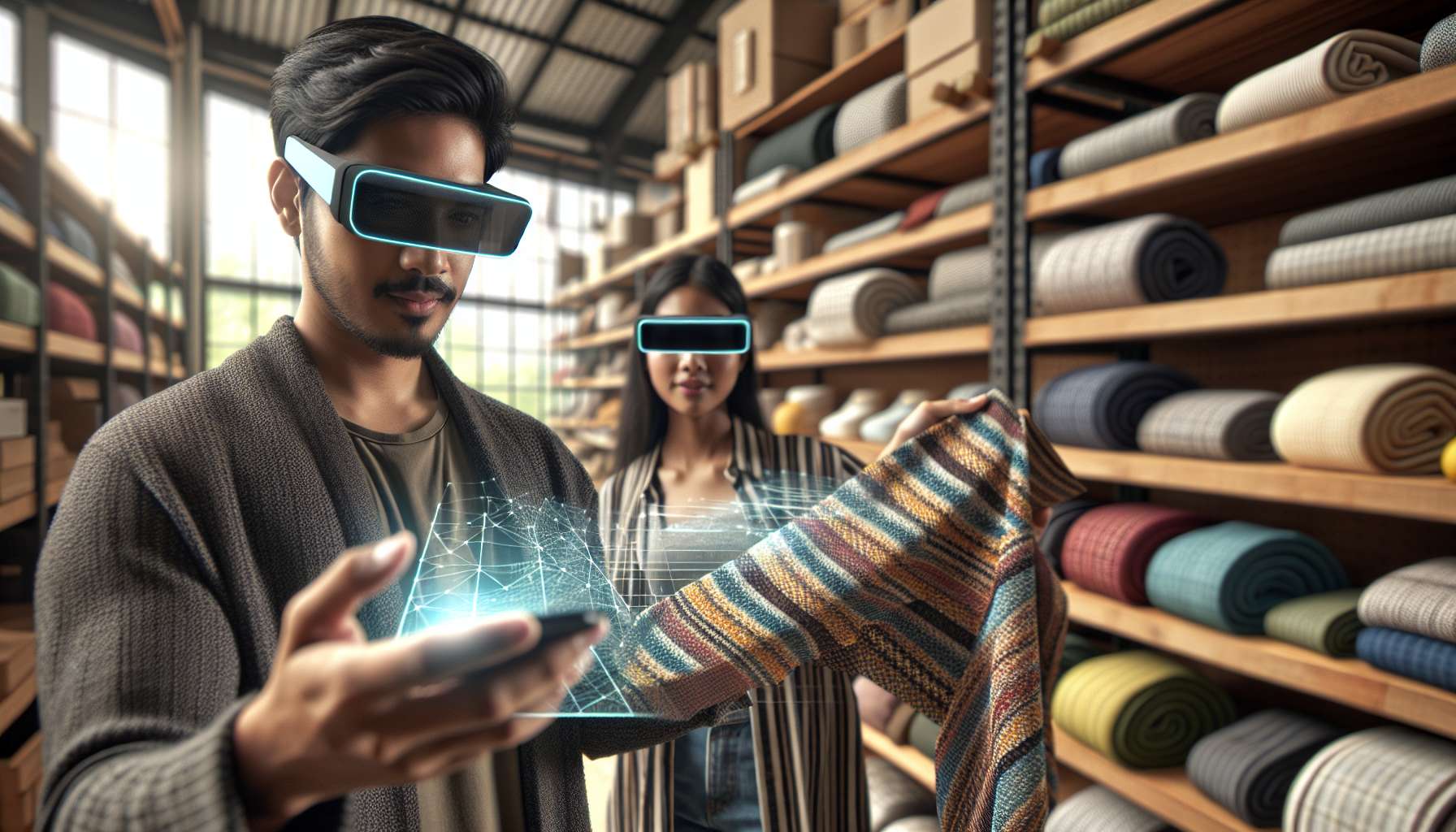Revolutionizing Retail Advertising: The Power of Augmented Reality
When it comes to advertising, businesses are constantly seeking innovative ways to capture the attention of their target audience. In recent years, augmented reality (AR) has emerged as a game-changing technology that has the potential to revolutionize the retail industry. Unlike conventional advertising methods, AR offers a unique and immersive experience that captivates consumers and drives engagement. Let’s explore how AR applications in retail are breaking the mold of traditional advertising.
1. Interactive Product Visualization
One of the key advantages of AR in retail advertising is its ability to provide interactive product visualization. With AR, customers can use their smartphones or AR-enabled devices to superimpose virtual objects onto the real world. This allows them to see how products would look and fit in their own environment before making a purchase.
For example, imagine you are shopping for furniture. Instead of relying on static images or measurements, AR technology enables you to virtually place different pieces of furniture in your living room, giving you a realistic sense of how they would look and fit. This interactive experience not only enhances customer engagement but also reduces the likelihood of returns, ultimately boosting customer satisfaction and sales.
2. Personalized Shopping Experiences
AR applications in retail go beyond mere visualization. They also enable personalized shopping experiences that cater to individual preferences and needs. By leveraging customer data and AI algorithms, retailers can create AR experiences that offer personalized product recommendations, styling tips, and even virtual try-on features.
For instance, cosmetic brands can develop AR apps that allow customers to virtually try on different shades of lipstick or eyeshadow, helping them find the perfect match without the need for physical samples. This level of personalization not only enhances the customer experience but also increases the likelihood of conversion and repeat purchases.
3. Enhanced Brand Engagement
AR in retail advertising provides brands with a powerful tool to engage and connect with their target audience in new and exciting ways. By creating immersive AR experiences, brands can capture consumers’ attention and leave a lasting impression.
Consider a scenario where a clothing retailer uses AR to bring their print advertisements to life. Customers can simply scan the ad with their smartphones, and suddenly, models start walking down the page, showcasing the latest collection in a dynamic and interactive manner. This unexpected and engaging experience not only generates buzz but also strengthens brand recall and loyalty.
4. Bridging the Online-Offline Gap
AR applications in retail have the potential to bridge the gap between online and offline shopping experiences. By integrating AR technology into physical stores, retailers can create a seamless and interconnected environment that combines the convenience of online shopping with the sensory experience of brick-and-mortar stores.
For example, imagine walking into a store and using an AR app to scan a product. Instantly, you receive detailed information, customer reviews, and even personalized offers, all displayed on your device. This integration of digital information with the physical world not only enhances the shopping experience but also empowers customers to make more informed purchasing decisions.
5. Measurable Results and Future Outlook
One of the most significant advantages of AR in retail advertising is its ability to provide measurable results. By tracking user interactions and engagement metrics, retailers can gain valuable insights into customer behavior and preferences. This data-driven approach allows businesses to optimize their advertising strategies, improve customer targeting, and ultimately drive better business performance.
Looking ahead, the future of AR in retail advertising is promising. According to market research, the global AR market is projected to reach a value of $70.01 billion by 2023, with the retail sector being one of the key drivers of this growth. As technology continues to advance and consumer expectations evolve, AR will undoubtedly play a pivotal role in shaping the future of retail advertising.
Conclusion
Augmented reality is transforming the way retailers advertise their products and engage with customers. By offering interactive product visualization, personalized shopping experiences, enhanced brand engagement, and bridging the online-offline gap, AR applications in retail are breaking the mold of conventional advertising methods. As businesses strive to stay ahead in a competitive market, embracing AR technology can unlock new opportunities, drive customer engagement, and ultimately boost business performance.





